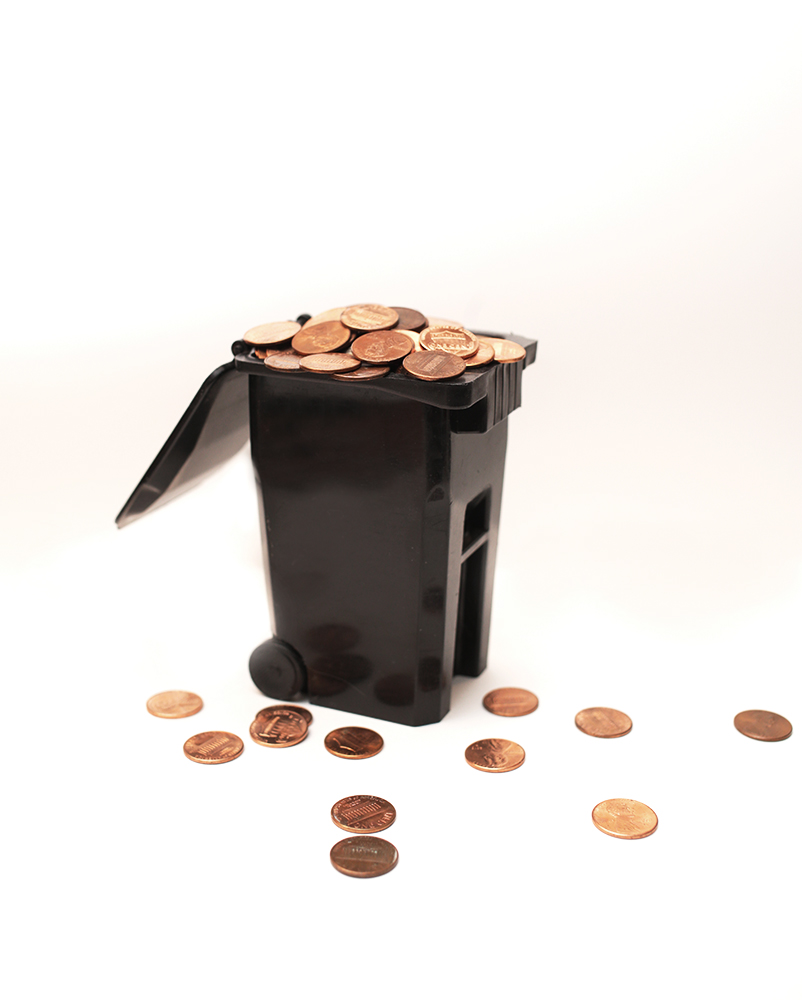Canada and Chipotle are ahead of the game when it comes to counting costs.
A drain to their economy
Canada stopped using their one cent coin beginning in 2012. Their budget called the penny “a drain to their economy” and by ceasing penny production, they saved $11 million every year. When Chipotle discovered they were wasting time dealing with pennies, they began rounding their prices to the nearest five cents.
Yet despite American complaints of government inefficiency, most Americans still love the penny. According to a YouGov poll from 2014, a staggering 51 percent of Americans favored keeping the penny compared to just 34 percent of respondents who favored its abolishment.
The copper and zinc industries love pennies too. American for Common Cents, a pro-penny lobbying group comprised of various organizations and companies from the Zinc industry includes the Jarden corporation. According to the Center for Responsive Politics, Jarden spent an estimated $111,000 in lobbying efforts for the 2015-2016 cycle. This investment is worth its efforts considering the fact the company receives a multi-million dollar contract from Uncle Sam.
Retiring the Penny
However, they still waste time and money. According to Jeff Gore, MIT scientist and founder of Citizens for Retiring the Penny, the average American spends at least 2.4 hours handling pennies every year. But this calculation does not include retail employees, who often handle the one cent coin at a time when counting change. This would bring the average wasted time significantly higher.
Additionally, the time wasted fumbling with pennies translates to $15 billion lost nationwide every year. According to a CNN article, producing pennies costs about 1.7 cents per coin. With nearly eight billion pennies minted in 2014, the U.S. spent almost $132 million to produce less than $50 million of circulating currency. When economists add the cost of production to the opportunity cost of using the penny, the total cost drains almost $900 million from the national economy every year.
That is $900 million in taxpayer money Americans could use to feed their families, start businesses, create jobs or donate to charities.
inefficiency in U.S. government
Those in favor of keeping the penny argue that charities such as the Leukemia and Lymphoma Society and the Salvation Army rely on these unwanted coins to fundraise. They would also claim circulating out the penny would cause inflation and rounding transactions to the nearest five cents would cheat customers out of their money.
This is not the case though. Inflation has little to do with the size of the nation’s currency and economist Ed Dolan calculates that in even the worst case scenario where businesses cheat consumers in every transaction, inflation would still be one percent less than otherwise.
Charity donations would not decrease either. Charities in countries where the penny is already abolished have not reported any loss of donations. Regardless, coin drives are not even the most effective form of fundraising considering the growing ease of electronic donations.
Abolishing the penny will not balance the U.S. budget, but it symbolizes inefficiency in the American governmental system and a non-partisan issue where the right and the left can cooperate to save taxpayer dollars.
Surely we can find a better way to honor our 16th president than putting him on a worthless coin.







